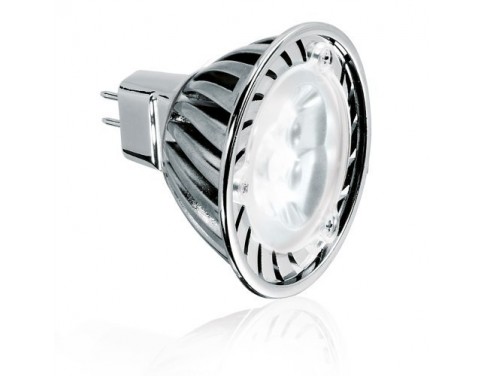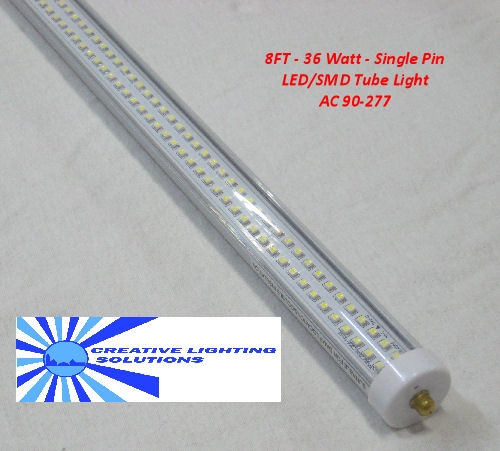
However, the greater life expectancy and lower energy consumption mean that eventually most dimmable LED bulbs deliver a modest savings. All of which can seem expensive when you look at the price of old-fashioned incandescents. These run from around $20 to over $40 each for color-changing models. Smart dimmable bulbs are another thing entirely. Large bulbs and specialist shapes get more expensive, and the sheer variety makes it impossible to give price guidance here. There is an enormous range of brightness, color, and size options available, and an equally wide range of prices.Ĭandle-style bulbs are only a couple of bucks apiece (though you usually need to buy a half dozen minimum) and ordinary household bulbs are between $3 and $5 each, when bought as a multipack. Although they can reach 8000K (used for vehicle headlights), the highest number you’ll see for household use is 5000K, called “daylight” LEDs. At the lower end of the scale you’ll find what’s called “soft” white, at around 2700K. The whiteness of a bulb is actually called the “color temperature” and is rated in kelvins (K). But there is one other thing to consider – LED color (because white isn’t just white). There’s the obvious physical size, the fitting (screw or bayonet), and the initial (or maximum) brightness you expect – the “equivalents” mentioned above. Dimmable light bulb featuresĬhoosing a dimmable LED bulb is pretty straightforward. This illustrates why LEDs offer such impressive energy savings. A 100W equivalent uses just 12 or 13 watts. A 60W equivalent LED typically uses only 7 or 8 watts to generate that amount of brightness.

But their actual power consumption is a lot less. As a result, LED bulbs in particular are frequently marked as “100W equivalent,” “60W equivalent,” and so on. Bulbs marked like this are becoming more common, but it can be confusing. The brightness of incandescent bulbs has historically been measured in watts, but this is actually wrong because watts are a unit of energy consumption. In areas where internet coverage is poor, Z-Wave is a popular alternative (a low-power radio network), and several Z-Wave smart dimmable LEDs are available. It’s important to check compatibility, and whether a “bridge” (a wireless device used to connect networks) is necessary. The best work with all common household routers, but not all. Some can also display different colors – up to 256 million of them.

They can be voice activated, programmed to turn on and off at specific times, or controlled by phone even if you’re hundreds of miles away. The result is “smart” dimmable bulbs, which can be controlled by home hubs and virtual assistants (like Alexa), and smartphones or tablets. Given that LEDs are a kind of semiconductor – in essence, similar to the things you find at the heart of a computer – it should be no surprise that some manufacturers have taken the idea further than just the ability to adjust brightness. Smart bulbs: There’s another alternative, which doesn’t rely on a dimmer switch at all: the smart WiFi dimmable LED. These bulbs deliver way more reliable performance, but depend on an LED-compatible switch, called a trailing-edge dimmer. So if the LED is on 20% of the time and off 80% of the time, what you actually see is something that’s one-fifth as bright as usual. The effect works because the very clever human brain is happy to take an average of what’s going on. PWM: The better method is pulse width modulation (PWM), which works by switching the LED on and off, thousands of times per second. Flicker can be a problem, and some LEDs may not light at all. This kind of LED can work better with an incandescent dimmer switch, but the results are unpredictable.

LEDs don’t dim in the same way that incandescent bulbs do, but they can be made to look like they do.Īnalog: One way is to use analog dimming – reducing the current so the LED doesn’t light fully. In fact an LED isn’t a bulb, it’s an electrical circuit (called a driver) and a light-emitting diode made from thin slices of semiconductor. Key considerationsĭimming an incandescent bulb is simple: you just reduce the voltage supplied. It also uses considerably less electricity. A dimmable bulb might seem expensive at first, but its durability makes it cheaper in the long run.


 0 kommentar(er)
0 kommentar(er)
